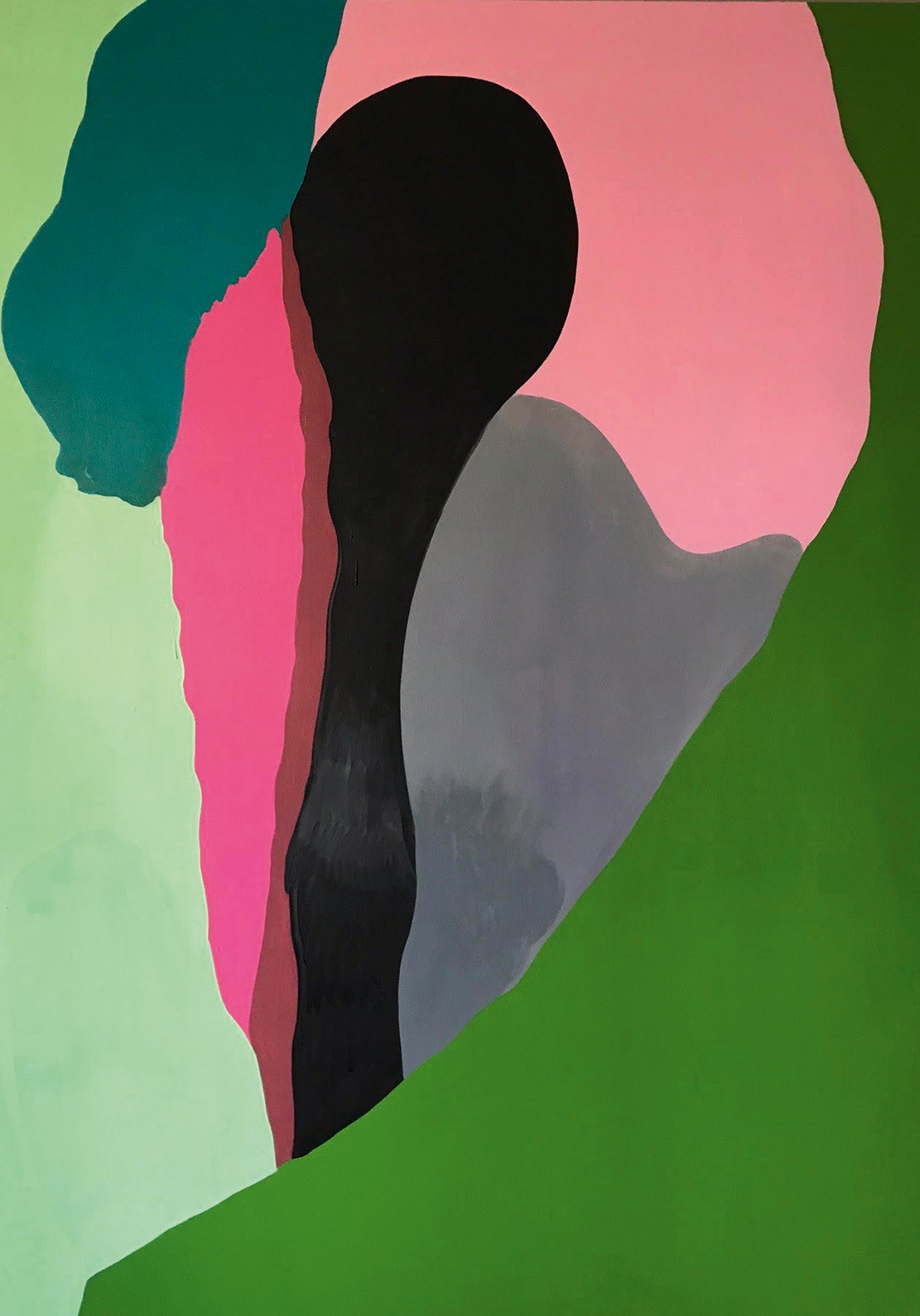My favourite painting: Matthew Williamson
Designer Matthew Williamson chooses an abstract modern piece that contrasts with his professional style.


Matthew Williamson on 'Clearly' by Les Rogers
‘I’m a maximalist, often drawn to objects, furniture and furnishing textiles with some age or patina to them. However, when it comes to artwork, I love modern and graphic pieces that contrast nicely with my typical aesthetic. I’ve long admired Les Rogers, his confidence and wonderful use of colour. His paintings are titled, but abstract enough for the viewer to interpret the meaning in their own way.
'Clearly is a perfect example of his work: the form and composition seem quite simplistic and random, but I imagine it’s hard as an artist to achieve a pared-back look. I love the predominant tones of green and pink in this piece, colours I’m often drawn to in my own work because they contrast and complement so well.’
Matthew Williamson is an interior designer and former fashion designer.
Charlotte Mullins comments on 'Clearly'
Les Rogers likes to surprise himself by switching styles and changing direction with each series. Consequently, he has created photorealist works, gestural abstraction, post-modern mash-ups and intimate erotic figuration. His own website calls him ‘stylistically promiscuous’: mix Philip Guston and Cecily Brown with Willem de Kooning, Martin Kippenberger and Dana Schutz and you are halfway there.
This large painting is from an abstract series that still carries a hint of figuration in the occasional brushstroke: a wave of hair, the silhouette of a face or the outline of a leg. Many of his paintings from 2018–19 hint at a figurative source despite their flat planes of colour (which, rather surprisingly, are painted in slow-drying oil.) Clearly looks like a stamen inside a flower, the cyclamen-pink petal laid over a green leaf. Despite the flatness of the teal, pink and leaf-green areas, the New Jersey-based artist gives the black form shadows through the two-tone grey cone and the brown stripe that flanks the pink. These push the black form forwards, as if it is emerging from the green below.
Mr Rogers sees his abstract work as ‘more distilled essences of a place or person to the point where they have gone from description and become a suggestion that could go either way — good or bad; beautiful and calming or ugly and menacing’. Each painting is based on one or more photographic sources — he wants them to critique the overwhelming and encyclopaedic array of imagery that bombards us in the world today.
Exquisite houses, the beauty of Nature, and how to get the most from your life, straight to your inbox.

Charlotte Mullins is an art critic, writer and broadcaster. Her latest book, The Art Isles: A 15,000 year story of art in the British Isles, will be published by Yale University Press in October 2025.